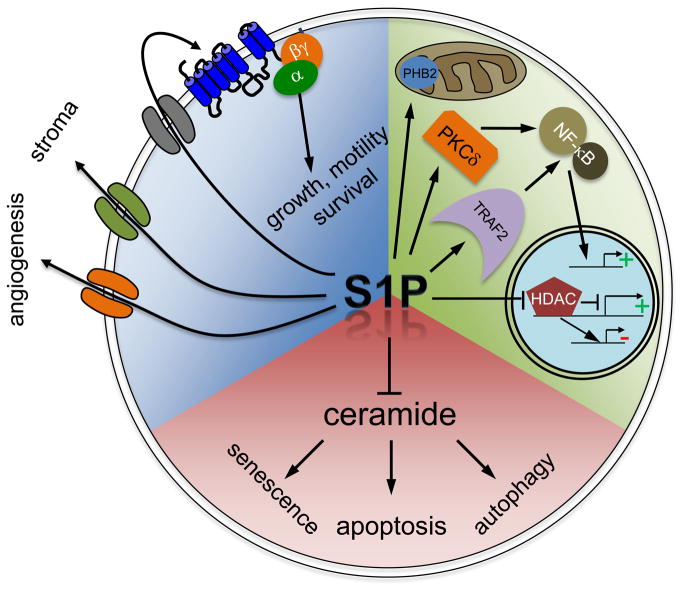Figure 1. Intracellular and extracellular actions of S1P.
S1P produced intracellularly can inhibit functions of its pro-apoptotic precursor ceramide. Ceramide is implicated in growth arrest, apoptosis and autophagy (red quadrant). S1P also has intracellular targets (green quadrant) or can be exported out of cells to act in autocrine and/or paracrine manners through the S1P receptors (blue quadrant).

